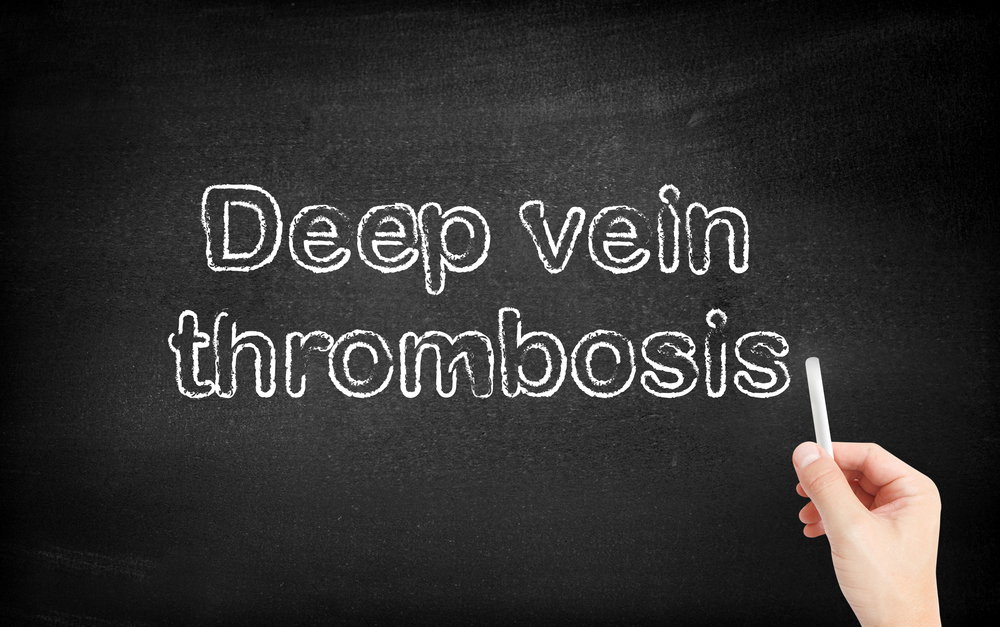The Role of Physiotherapy in Managing Deep Vein Thrombosis: An In-Depth Guide
This comprehensive guide highlights the vital role of physiotherapy in managing deep vein thrombosis (DVT). It covers techniques like targeted massage, exercises, and compression therapy that improve blood flow, reduce symptoms, and support surgical recovery. Early intervention and personalized physiotherapy plans are essential for preventing serious complications and promoting vascular health. Learn how physiotherapy can be an effective and non-invasive element of DVT treatment, improving quality of life and long-term outcomes for affected individuals.

How Physiotherapy Plays a Critical Role in Deep Vein Thrombosis Treatment and Recovery
Deep Vein Thrombosis (DVT) is a serious medical condition characterized by the formation of blood clots in deep veins, most commonly in the legs. If left untreated, DVT can lead to life-threatening complications such as pulmonary embolism, where a blood clot travels to the lungs. Managing DVT effectively requires a comprehensive approach that includes medical treatment, lifestyle changes, and supportive therapies like physiotherapy. In this detailed article, we explore how physiotherapy contributes significantly to the management of DVT, from alleviating symptoms to improving vascular health and supporting surgical recovery.
Targeted massage techniques to stimulate circulation: Professional physiotherapists employ specialized massage methods designed to enhance blood flow through affected veins. These techniques help reduce inflammation, prevent clot growth, and promote overall vascular health while alleviating discomfort.
Exercise programs tailored for DVT patients: Customized movement regimens are critical in encouraging blood circulation and preventing further clot formation. Physiotherapists develop safe, effective exercises based on individual needs and medical conditions.
Compression therapy and positioning: Alongside massage and exercise, physiotherapists recommend compression stockings and proper limb elevation to support venous return and minimize swelling.
Support during pre-operative and post-operative phases: Physiotherapy plays an essential role in preparing patients for surgery by improving circulation and reducing pain. After surgical intervention, physiotherapy assists in recovery by restoring mobility, decreasing swelling, and preventing recurrent thrombosis.
Preventative physiotherapy strategies are especially useful for high-risk individuals or those with a history of DVT. Early intervention can detect subtle symptoms such as leg discomfort or swelling, allowing for timely management that mitigates serious health risks.
Understanding the Physiotherapy Approach in DVT Management
Physiotherapy is a multidisciplinary approach that combines manual therapy, exercise, and patient education to optimize vascular health. When dealing with DVT, physiotherapists evaluate the patient's condition comprehensively, considering medical history, current symptoms, and risk factors. They tailor interventions to individual needs, ensuring safety and effectiveness.
Early detection of DVT symptoms, such as unusual leg heaviness, tenderness, or swelling, can lead to prompt referral for medical assessment. Physiotherapists' understanding of body physiology ensures they can design protocols that facilitate optimal blood flow, reduce clotting risks, and enhance recovery.
Benefits of Incorporating Physiotherapy into DVT Treatment Plans
Alleviates pain and discomfort caused by swelling and inflammation
Enhances blood circulation, reducing the risk of clot propagation
Prepares the body for surgery and speeds up postpartum recovery
Teaches patients exercises and strategies for ongoing vascular health
Contributes to long-term DVT prevention through lifestyle advice and physiological support
Why Seek Professional Physiotherapy for DVT?
While DVT can be a complex and potentially dangerous condition, physiotherapy offers a safe, non-invasive component of treatment that complements medical interventions. Skilled physiotherapists possess extensive understanding of vascular and muscular systems, making them invaluable in early diagnosis and tailored care plans.
If you experience persistent leg pain, swelling, or heaviness, consulting a physiotherapist can help determine whether DVT is involved and initiate preventive strategies. Their expert assessment can prevent the progression of the condition and reduce the likelihood of complications.
Conclusion: The Importance of Physiotherapy in Managing Deep Vein Thrombosis
Incorporating physiotherapy into DVT treatment is vital for symptom relief, recovery, and long-term prevention. It enhances circulation, aids in reducing inflammation, and prepares patients for surgical procedures when necessary. The proactive involvement of physiotherapists ensures early detection of symptoms and personalized care, significantly improving patient outcomes. If you or a loved one are dealing with DVT, seek professional physiotherapy support as a crucial component of comprehensive treatment and recovery planning.





